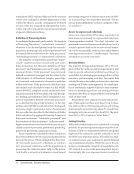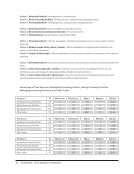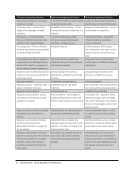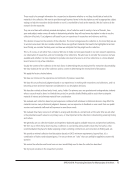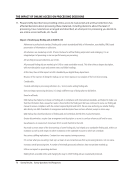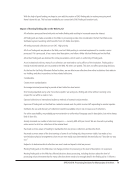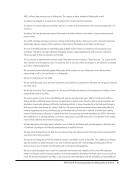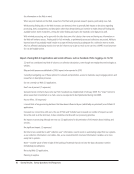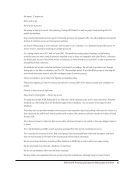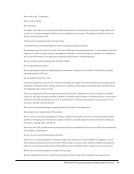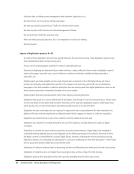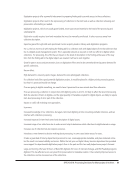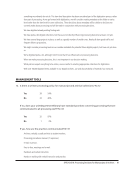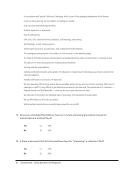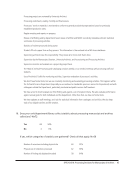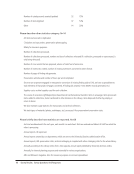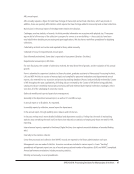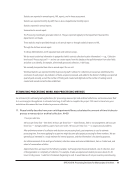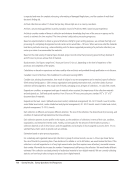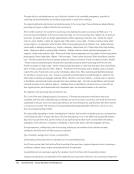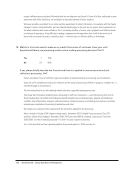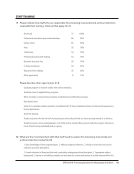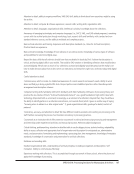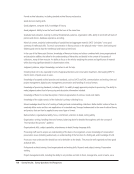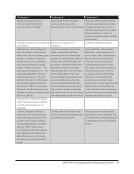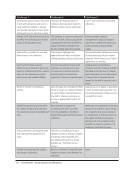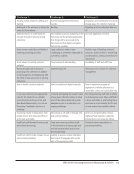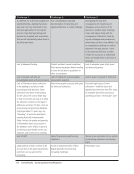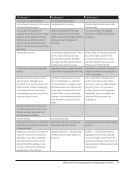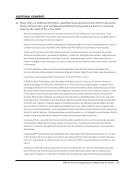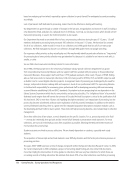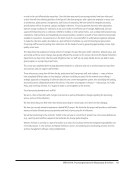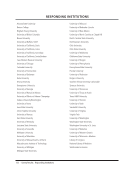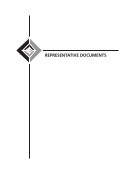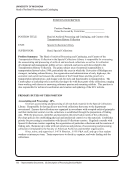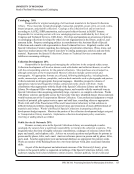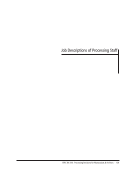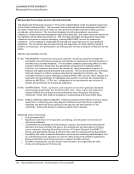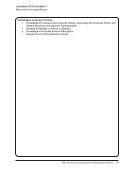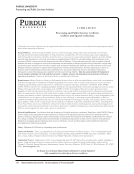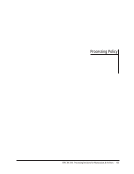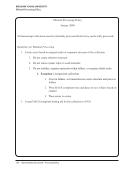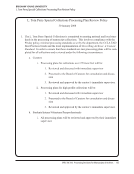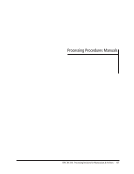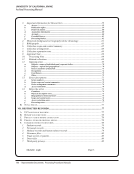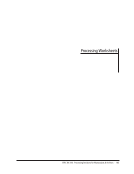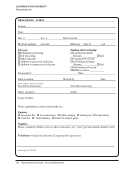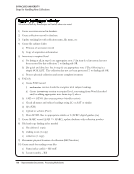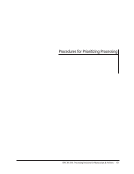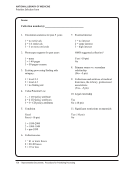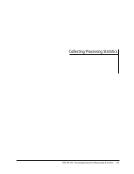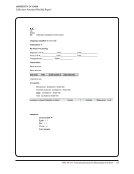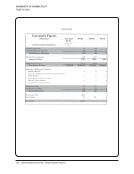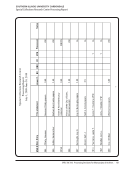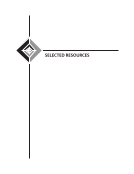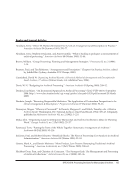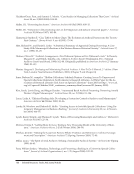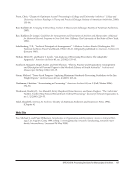SPEC Kit 314: Processing Decisions for Manuscripts &Archives · 63
Restrictions, either donor applied or locally applied. Need to be extra careful when known privacy issues exist. Donor
restricted collections are negatively weighted until restrictions expire.
The nature of the collection is a major factor in determining what is done.
We are currently moving through medium size collections (20 boxes or more). Generally at the folder level. Larger
collections would lend themselves more towards series and box level. Security — high value of collections processed to
item level. Donor or grant funding may impact level of processing.
Please briefly describe the most important factors for determining each level of description. N=70
Item-level N=67
Access to non-textual material and application for cultural property certification.
Anticipated high use and/or single-folder collections.
Anticipated high-use, monetary value, patron access needs, staff available.
Archives: format — used only for photographs, audio/visual RBSC: patron needs and the nature of the collection.
Codex manuscripts and most miscellaneous manuscripts are described at the item level, because they are not part of a
larger collection.
Correspondence indexing is done for significant authors, artists, and local historical collections.
Depends on what type of collection.
Done if required, rare.
Factors checked above are constantly applied against all levels.
For individual manuscripts, particularly literary works, and early works (pre-1800).
For rare/valuable manuscripts.
Generally items acquired singly or of exceptional importance.
High information value high artifactual value.
High research interest photograph collections that can be described.
High research value, digitizing, format.
High value (intrinsic or monetary).
If and only if the monetary value of each item is extreme and/or patron needs warrant, and then only if the collection is
small enough that we can allocate time and resources needed.
Importance and digitization.
Importance of materials and anticipated use.
Item level description presupposes uniqueness requiring that an extraordinary breadth of detail be provided to the
patron.
Item level is reserved for one-off items such as important letter or autograph.
Restrictions, either donor applied or locally applied. Need to be extra careful when known privacy issues exist. Donor
restricted collections are negatively weighted until restrictions expire.
The nature of the collection is a major factor in determining what is done.
We are currently moving through medium size collections (20 boxes or more). Generally at the folder level. Larger
collections would lend themselves more towards series and box level. Security — high value of collections processed to
item level. Donor or grant funding may impact level of processing.
Please briefly describe the most important factors for determining each level of description. N=70
Item-level N=67
Access to non-textual material and application for cultural property certification.
Anticipated high use and/or single-folder collections.
Anticipated high-use, monetary value, patron access needs, staff available.
Archives: format — used only for photographs, audio/visual RBSC: patron needs and the nature of the collection.
Codex manuscripts and most miscellaneous manuscripts are described at the item level, because they are not part of a
larger collection.
Correspondence indexing is done for significant authors, artists, and local historical collections.
Depends on what type of collection.
Done if required, rare.
Factors checked above are constantly applied against all levels.
For individual manuscripts, particularly literary works, and early works (pre-1800).
For rare/valuable manuscripts.
Generally items acquired singly or of exceptional importance.
High information value high artifactual value.
High research interest photograph collections that can be described.
High research value, digitizing, format.
High value (intrinsic or monetary).
If and only if the monetary value of each item is extreme and/or patron needs warrant, and then only if the collection is
small enough that we can allocate time and resources needed.
Importance and digitization.
Importance of materials and anticipated use.
Item level description presupposes uniqueness requiring that an extraordinary breadth of detail be provided to the
patron.
Item level is reserved for one-off items such as important letter or autograph.












